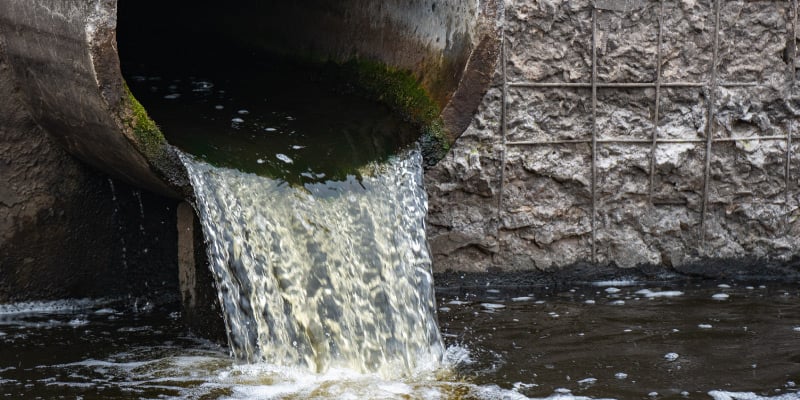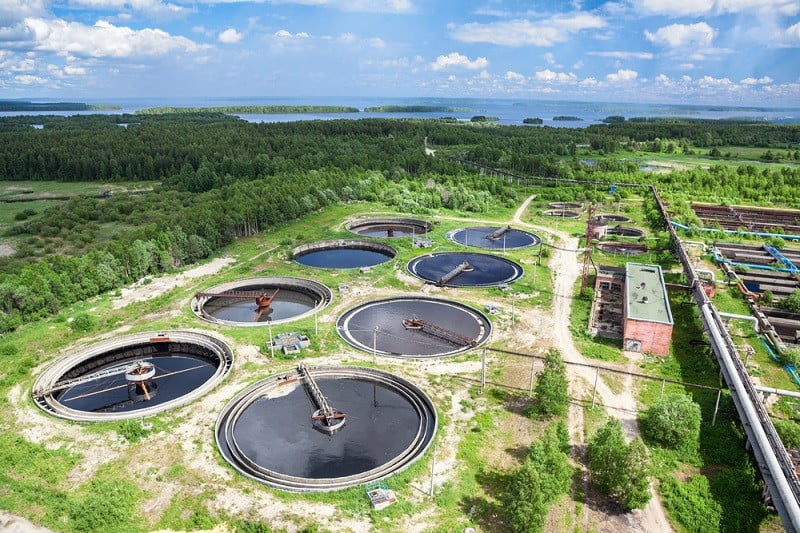Just How Fluid Waste Disposal Works: A Comprehensive Overview of Strategies and Technologies Used

Introduction of Fluid Waste Types
The complexity of liquid waste kinds demands a comprehensive understanding of their qualities and ramifications for disposal. Liquid waste can broadly be categorized right into numerous types, consisting of commercial, local, farming, and unsafe waste. Each group shows unique buildings, calling for particular management strategies to minimize ecological and health and wellness dangers.
Industrial liquid waste originates from manufacturing processes and frequently contains a variety of contaminants, such as hefty steels, solvents, and organic substances. Local fluid waste, mainly comprising wastewater from houses and industrial establishments, has raw material, nutrients, and pathogens (industrial wastewater treatment). Agricultural fluid waste, including runoff from ranches, may consist of fertilizers, chemicals, and animal waste, posing threats to water high quality and ecological communities
Harmful liquid waste is identified by its toxicity, sensitivity, or prospective to cause damage. This category consists of substances like acids, bases, and specific chemicals that necessitate rigorous handling and disposal protocols. Recognizing these varied fluid waste types is crucial for creating effective disposal techniques and ensuring conformity with environmental guidelines. Proper classification and characterization are essential for executing appropriate treatment strategies and reducing the negative impacts on public wellness and the environment.
Physical Therapy Methods

Testing is the preliminary step, where larger particles and particles are removed from the liquid waste making use of displays or grates. In sedimentation containers, larger bits resolve at the bottom, developing a sludge layer, while the cleared up fluid can be additional treated.
Purification is another important method that involves passing the liquid via porous materials, such as sand or membranes, to record smaller bits. This step improves the high quality of the liquid, making it ideal for succeeding therapy processes.

Chemical Therapy Techniques
Chemical therapy strategies are crucial for efficiently taking care of liquid waste, especially in attending to dissolved and colloidal contaminants that physical techniques might not adequately remove. These strategies use various chemical representatives to reduce the effects of, precipitate, or change harmful compounds into much less hazardous types.
One typical approach is coagulation and flocculation, where chemicals such as alum or ferric chloride are contributed to advertise the aggregation of put on hold fragments. This process enhances sedimentation, permitting for much easier elimination of the resulting sludge. Additionally, oxidation processes, using representatives like chlorine or ozone, are used to break down complex organic substances and pathogens, making the waste more secure for discharge or additional therapy.
Neutralization is one more important method, which adjusts the pH of acidic or alkaline waste streams to neutral degrees, avoiding possible injury to downstream systems and the setting. Furthermore, advanced oxidation procedures (AOPs) utilize combinations of oxidants and ultraviolet light to deteriorate relentless contaminants, accomplishing a higher level of therapy efficiency.
Organic Therapy Processes
Biological treatment procedures play a crucial role in the monitoring of fluid waste by utilizing microbes to decompose raw material and reduce pollutant levels. These processes web link can be extensively categorized right into cardiovascular and anaerobic treatments, each employing certain microbial neighborhoods to attain effective waste deterioration.
Cardiovascular treatment includes using oxygen to help with the failure of organic materials by germs. This procedure is typically executed in activated sludge systems, where oygenation storage tanks give a helpful environment for microbial development, bring about the oxidation of organic pollutants. The resultant biomass can be divided from dealt with effluent with sedimentation.
On the other hand, anaerobic therapy takes place in the absence of oxygen, relying upon various germs to damage down raw material. This technique is especially advantageous for high-strength waste, as it creates biogas, a renewable resource source, while decreasing sludge production. Technologies such as anaerobic digesters are frequently utilized in industrial and local applications.
Both anaerobic and aerobic biological therapies not just decrease the environmental impact of liquid waste yet also this link help with resource recuperation, making them essential parts of sustainable waste monitoring methods. Their versatility, efficiency, and effectiveness support their extensive application throughout numerous sectors.
Emerging Technologies in Disposal
Ingenious methods to fluid waste disposal are rapidly advancing, driven by improvements in modern technology and a boosting focus on sustainability. Amongst these emerging innovations, membrane layer bioreactors (MBRs) have obtained traction for their ability to integrate biological therapy with membrane filtration, causing premium effluent that can be recycled in numerous applications. MBRs enable smaller sized impacts and a lot more effective procedures compared to traditional systems.
One more encouraging growth is making use of anaerobic more information food digestion combined with nutrient recovery modern technologies, which not only deals with liquid waste however likewise generates biogas and recoups valuable nutrients like nitrogen and phosphorus. This double advantage boosts resource efficiency and decreases ecological effect.
In addition, progressed oxidation procedures (AOPs) are being adopted for the degradation of complex organic pollutants. These approaches utilize powerful oxidants and drivers to break down contaminants at the molecular level, using a very effective option for difficult waste streams.
Furthermore, the integration of expert system and artificial intelligence in waste administration systems is enhancing functional effectiveness and anticipating upkeep, causing reduced expenses and improved environmental compliance. These modern technologies mirror a considerable shift towards even more sustainable and efficient liquid waste disposal practices.
Conclusion
To conclude, effective liquid garbage disposal demands a comprehensive understanding of various methods and modern technologies. The assimilation of physical, chemical, and organic treatment techniques makes sure the effective management of diverse waste kinds. Moreover, the introduction of ingenious modern technologies boosts treatment efficacy and advertises sustainability in waste monitoring methods. By continuously progressing these techniques, it comes to be possible to deal with the growing difficulties linked with liquid waste, eventually adding to environmental management and resource recuperation.
Fluid waste disposal is a critical element of environmental monitoring, needing a detailed understanding of various strategies and modern technologies customized to different waste kinds. Liquid waste can generally be classified into several kinds, including industrial, municipal, farming, and harmful waste. Agricultural liquid waste, including runoff from farms, might contain plant foods, pesticides, and animal waste, positioning risks to water top quality and ecosystems.
Various physical therapy methods play an important role in managing liquid waste properly - industrial wastewater treatment.In final thought, efficient liquid waste disposal demands a thorough understanding of various methods and technologies
Comments on “Dependable Liquid Waste Disposal Melbourne: Safe and Reliable Providers”